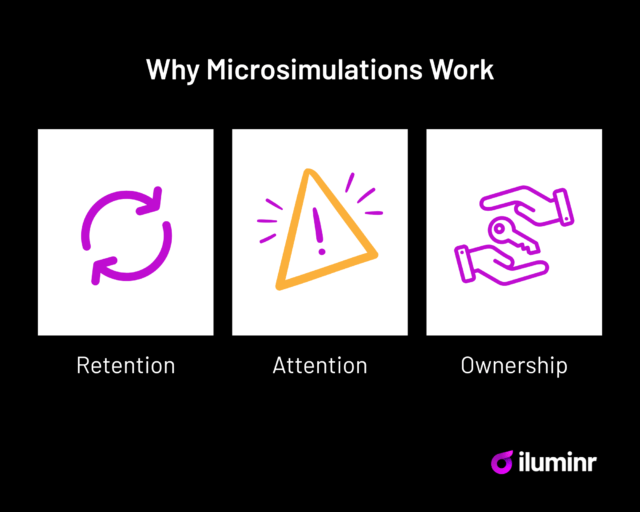When it comes to crisis response training, more isn’t always better—but more often usually is.
“Regular, intense, brief testing beats occasional full-day events – every time.”
It’s a shift that’s turning passive participants into proactive responders.
The Problem: Long Tabletop Exercises Miss the Mark
Traditional tabletop exercises can feel like a necessary evil.
They’re long, they’re disruptive, and they often involve more waiting than action. The result? Low attendance, even lower engagement, and a checked box on a compliance form.
But compliance doesn’t equal readiness.
The Fix: Bite-Sized Testing, Real-World Impact
There’s a different approach to crisis response training: short, frequent simulations designed for everyday workflows.
Imagine receiving a 10-minute scenario in your inbox once a month. No scripts. No pre-reads. Just a real-world situation – like a ransomware attack, a supply chain delay, or a viral social post – and a chance to respond on the fly.
The exercise is quick, but the impact builds over time. Employees start to see how their role contributes to response success. Engagement goes up. Gaps get flagged. And readiness becomes part of the culture.
Real Results: Tripling Participation with Less Time
In one case, a Fortune 500 company struggling with disengaged regional teams shifted from full-day annual exercises to a 3-month sprint of weekly Microsimulations.
The change was dramatic:
-
Participation tripled
-
Teams started creating their own simulations
-
Response plans were updated in real-time, based on actual feedback
“They went from ‘this isn’t my job’ to ‘this helps me do my job better.’”
Why It Works
-
Frequency builds muscle memory
-
Brevity respects attention spans
-
Relevance drives ownership
Together, these factors increase crisis response training engagement – turning one-off events into a sustained learning loop.
From Compliance to Commitment
If your training strategy relies on one big simulation a year, it’s time to rethink. With short, high-impact simulations, you’re not only checking the compliance boxes – you’re building confidence, agility, and a culture of readiness.
And when the real crisis hits? You won’t be starting from zero.
You’ll already have a team of believers.















